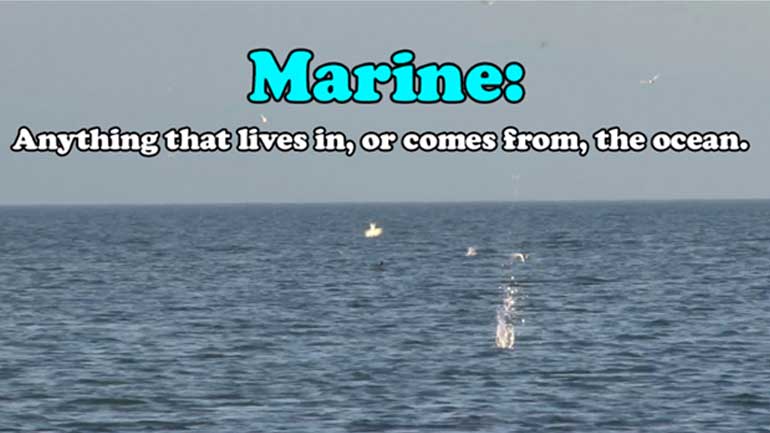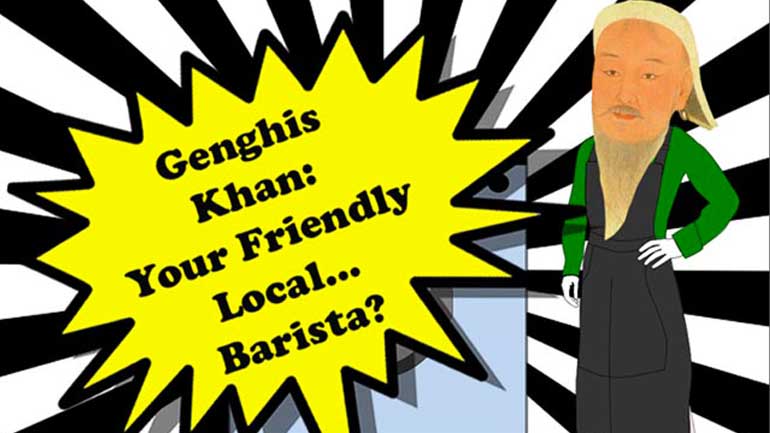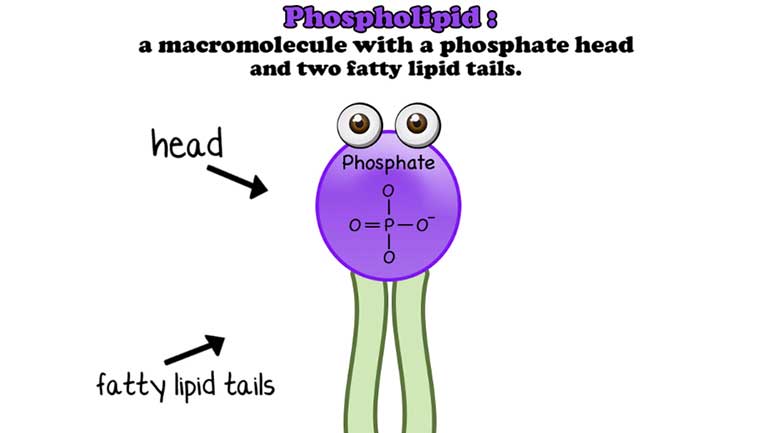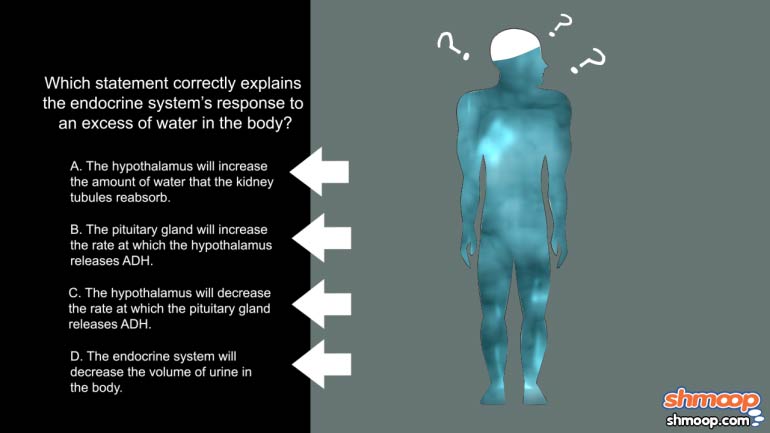ShmoopTube
Where Monty Python meets your 10th grade teacher.
Search Thousands of Shmoop Videos
Molecular Genetics: Polymerase Chain Reaction 213 Views
Share It!
Description:
In this video from our course on molecular genetics learn all about the polymerase chain reaction.
Transcript
- 00:16
We're on next lesson. DNA technology with Dr. Ruth Tennen.
- 00:22
Another subtopic. How does the polymerase chain reaction or PCR work?
- 00:28
Great, so polymerase chain reaction or PCR is a way of amplifying DNA, starting from a very small number of molecules.
- 00:36
And it happens in three steps. So the first step is you heat up the DNA. It's called denaturation.
- 00:43
Amplifying pieces of DNA. Amplifying meaning making them bigger? Louder?
Full Transcript
- 00:48
Making more copies of the same thing.
- 00:51
So you've got this denaturation step. Basically, you heat up the DNA, it separates the two strands.
- 00:56
The next step is called annealing. You lower the temperature.
- 00:59
And what happens here is you have little DNA primers, which are similar to the RNA primers we talked about before during replication.
- 01:06
These DNA primers sit on either end of the gene that you're interested in, and they basically get things started for DNA polymerase.
- 01:12
So in the third step of the reaction, when you increase for the extension, the polymerase binds
- 01:16
and it extends those primers, and goes across. So basically what you're doing is you're starting off with a single molecule of DNA...
- 01:21
and after one step, you get two molecules of DNA. So it's a way of amplifying every time by a factor of two.
- 01:32
Yeah, so you can imagine that most proteins don't like getting heated up.
- 01:36
...to 95 degrees Celsius over and over. It's a thermostable, it's called.
- 01:41
So it's basically from a bacteria that lives in heat vents, and so it has no problems being hot for long periods of time. It's a special polymerase.
- 01:54
What is the end game here in making all these copies?
- 01:58
The basic reason is because it's really hard to work with single molecules of DNA.
- 02:02
So for example, if you wanted to figure out the sequence of a piece of DNA from one of your cells, it's a lot harder to do that if you only have one copy...
- 02:08
versus if you could make multiple copies. So it helps with that.
- 02:10
It also helps if you wanted to clone. You can't really clone very well with a single piece of DNA, but if you had multiple copies, it would be much easier to do that.
- 02:20
Then we combine the multiple pieces back together, and that's what's called recombinant DNA?
- 02:30
Recombinant DNA is actually...you take a single one of those copies and put it into a new backbone.
- 02:36
So recombinant basically means you're taking DNA from two different sources and putting them into one place.
- 02:42
Give us an example. Like, walk us through one slip of DNA that would be an obvious use case.
- 02:47
So one really cool thing that scientists have done is for people who have diabetes...they need to get insulin.
- 02:53
They used to get it from pigs and cadavers, which is not ideal for many reasons.
- 02:57
And so you can actually take the human insulin gene that you made through, say, RTCPR...
- 03:01
and you insert it into a backbone, and then you put it into bacteria, and then the bacteria will make the insulin for you.
Up Next
In this video, we dive beneath the sea to review the kinds of interesting animals that live in the deep blue.
Related Videos
Anything that has a cell (bacteria, listen up!) has phospholipids that keep the cell contained and give it form and shape. Phospholipids protect us...
GMOs. Now that’s a scary word. Or is it? Guess it’s time to ask ourselves: WWMST? ...For those of us who don’t constantly ask ourselves “wh...




